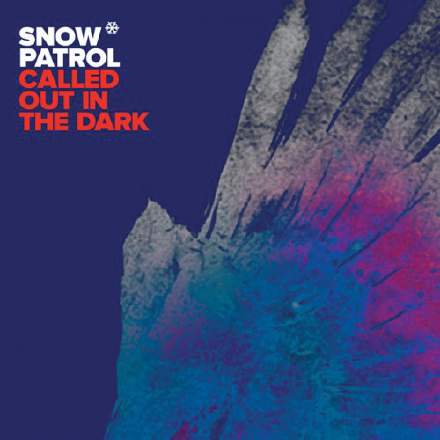
I love how the background hiss is worn with pride during this song’s intro — it immediately gives what could easily have been a rather pedestrian line an appealing patina that’s immediately arresting, given the general cleanness of most mainstream commercial productions. However, even when that guitar riff takes a more back-seat position as the drums and vocals enter at 0:08, the noise element remains an important part of the overall presentation, making the air around the comparatively sparse arrangement feel somehow slightly smokey, as well as doubtless providing some incidental blending of the mix as a whole.
What really sets this production apart for me, though, is the liberal scattering of interesting ear candy, especially during gaps in the vocal line. In the verses, this mainly comprises a variety of modem-style boops and twitterings, but there are other things to listen out for too: the hand-claps at 0:32 and 0:40, which then turn up again at 1:02 and 1:10, but a bar earlier in the four-bar pattern; the shaker sneaking in slyly mid-pattern at 0:55, rather than arriving at a section boundary as you’d normally expect; and the truncated vocal ‘Sh…’ which appears at the end of each four-bar iteration (bar a notable absence at 0:40), only revealing its provenance once the pre-chorus vocal arrives with “Show me now…” at 1:12. As far as Snow Patrol fans are concerned, this song is a gift that’s likely to go on giving for many a replay
I also like the obvious quarter-note echo clearly audible on the chorus vocals, one of those evergreen effects tricks that can work wonders in binding choppy vocal fragments into a coherent phrase — the repeats effectively bridge the gaps, maintaining a more consistent hold on the listener. Regular readers will recall me applying such delays in a number of Mix Rescues for similar reasons, and mentioning that the effect can quickly confuse the main melody and lyrics if it’s left running where there isn’t a gap in the phrase for the echo to pop through. The simplest way to avoid this pitfall is to ride the effect channel’s fader level, such that the delay surfaces primarily when the lead vocal dies down, but you can also set up a sidechain-triggered compressor to achieve a similar dynamic effect, or else choose one of the small number of dedicated ‘ducking delay’ processors available, such as TC Electronics’ classic 2290 hardware or GVST’s freeware GDuckDly plug-in. Judging by what I can hear, I’m pretty confident that ‘Called Out In The Dark’ is benefiting from some such dynamic effect-control method, because otherwise “listening” and “this is your time” wouldn’t reach the ear nearly as clearly as they do.
Another thing that strikes me with this track, is that it’s quite an interesting structure for a chart single. For a start, the prechorus only arrives at 1:12, and the full chorus at 1:28, which is pretty unusual. I don’t know about you, but I’d normally be getting a bit antsy as a producer if the chorus hadn’t kicked in by around the minute mark. Indeed, the only songs I can think of in the last six months or so that contradict this rule of thumb are Adele’s 'Someone Like You' or Alison Krauss’s 'Paper Airplane', and I follow the charts pretty closely these days.
But that’s not the only unusual thing. Roughly speaking the structure to my ears goes like this:
- Intro: 4 bars
- Double Verse: 16+16 bars
- Prechorus: 8 bars
- Chorus: 16 bars
- Link: 2 bars
- Verse: 16 bars
- Double Chorus: 16+16 bars
- Outro: 2 bars
For a start, most chart productions prefer to go for at least one more verse+chorus iteration, and often a mid-section of some sort. I think this is one of the reasons why all the little bits of ear candy feel so important to me, because they help sustain the interest despite the comparatively slow pace of change structurally.
Then there’s the interesting reversal of the status of the final choruses. Almost every chart production I know of which features a double chorus tends to give the second of them more welly in some respect, but here the second chorus is actually more stripped back. I think that this is actually rather a clever move, as it puts the larger chorus earlier in the timeline (in case the DJ fades the track down soon afterwards), but also makes quite an attention-grabbing statement with the melody and lyrics during the second interation – not just by virtue of the ‘reverse psychology’ of playing the most people’s expectations, but also because the more stripped-back setting makes the vocals much more clearly audible.
All in all, this is definitely a thought-provoking production, whatever your views about the success of the final outcome on an aesthetic or commercial level. I personally have a lot of time for this track, despite being no particular Snow Patrol fan, and I wish more mainstream artists experimented with audience expectations in these kinds of ways.










